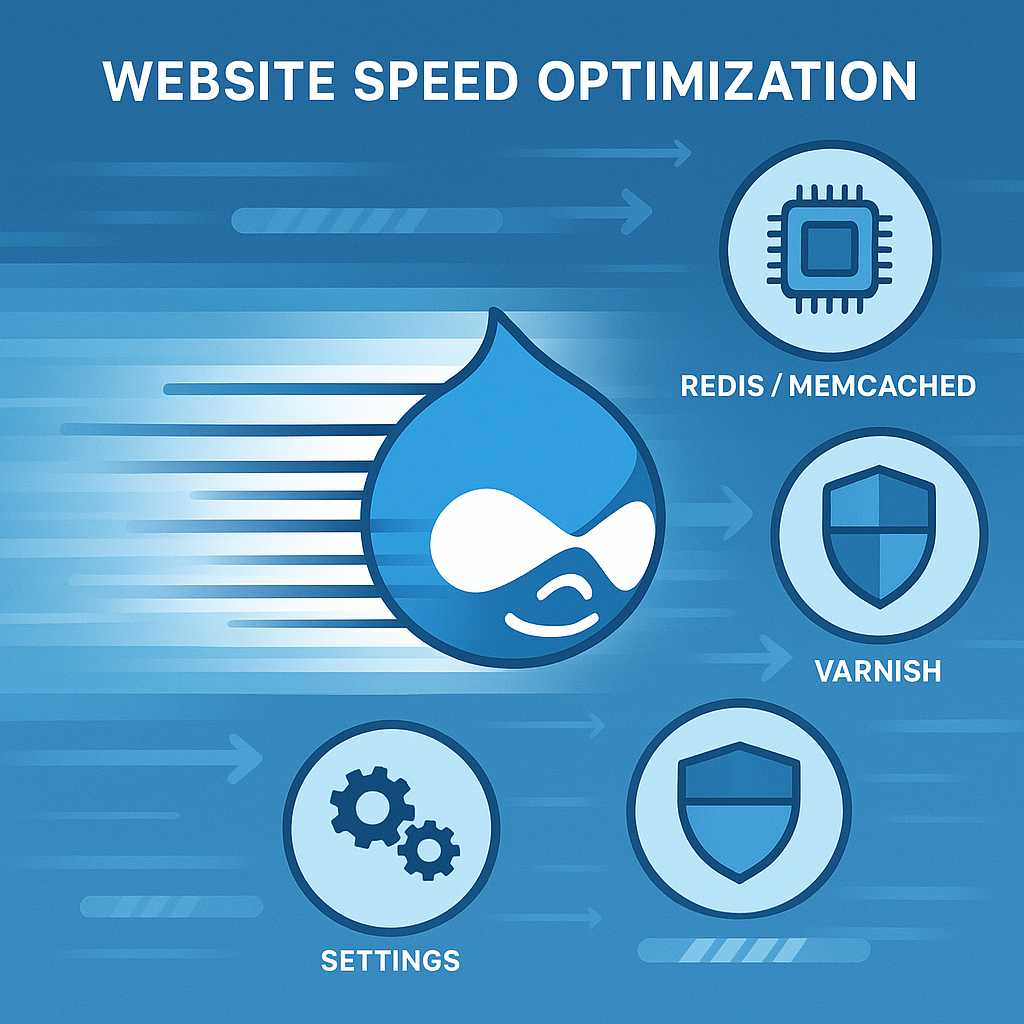As a Drupal developer, one of the questions I hear most often is, “How can I make my Drupal site faster?” Out of the box, Drupal offers robust caching capabilities, but effectively configuring and extending these features can make a world of difference. Today, I’ll share tips on leveraging Drupal’s caching layers for optimal performance.
Understanding Drupal’s Cache Layers
Drupal caches content at multiple levels:
- Page Caching: Stores entire rendered pages for anonymous users.
- Dynamic Page Cache: Caches data for both anonymous and authenticated users by storing page renderings with dynamic placeholders.
- Render Cache: Stores the rendered output of individual renderable elements.
- Entity/Field Cache: Caches individual entities and their fields for use across views and templates.
Top Caching Tips
1. Enable Core Caching Modules
Navigate to Extend (/admin/modules) and ensure that "Internal Page Cache" and "Dynamic Page Cache" are enabled.
2. Use the Right Cache Contexts
Fine-tune cache contexts to reflect what makes content vary (user roles, languages, theme, etc.). Overly broad contexts decrease cache hits; overly narrow contexts can show incorrect data.
3. Integrate an External Cache
Consider tools like Redis or Memcached to move cache storage from the database to high-performance memory stores.
4. Leverage a Reverse Proxy (e.g., Varnish)
For high-traffic sites, putting Varnish or a similar reverse proxy in front of Drupal can dramatically reduce load times for anonymous users by serving cached pages directly, without ever touching Drupal’s PHP code.
5. Fine-Tune Cache Expiration
Review the "cache_max_age" settings for your blocks and views. Set it high for static content, lower for pages that need freshness. Use custom cache tags to precisely clear data when dependencies change.
6. Regularly Clear and Warm the Cache
Use Drush’s drush cr to manually rebuild all caches, and employ scheduled cache warmers for critical pages so end-users never experience slow uncached loads.
Pro Tip: Devel Module for Cache Debugging
Install Devel to get handy output on which cache bins are being used and to profile what’s slowing down renders.
By combining these caching tactics, you’ll deliver a snappier user experience and lighten the load on your server resources. Next time, I’ll dive deeper into caching custom blocks and entities. As always, happy Drupaling!
— Drew


Leave a Reply